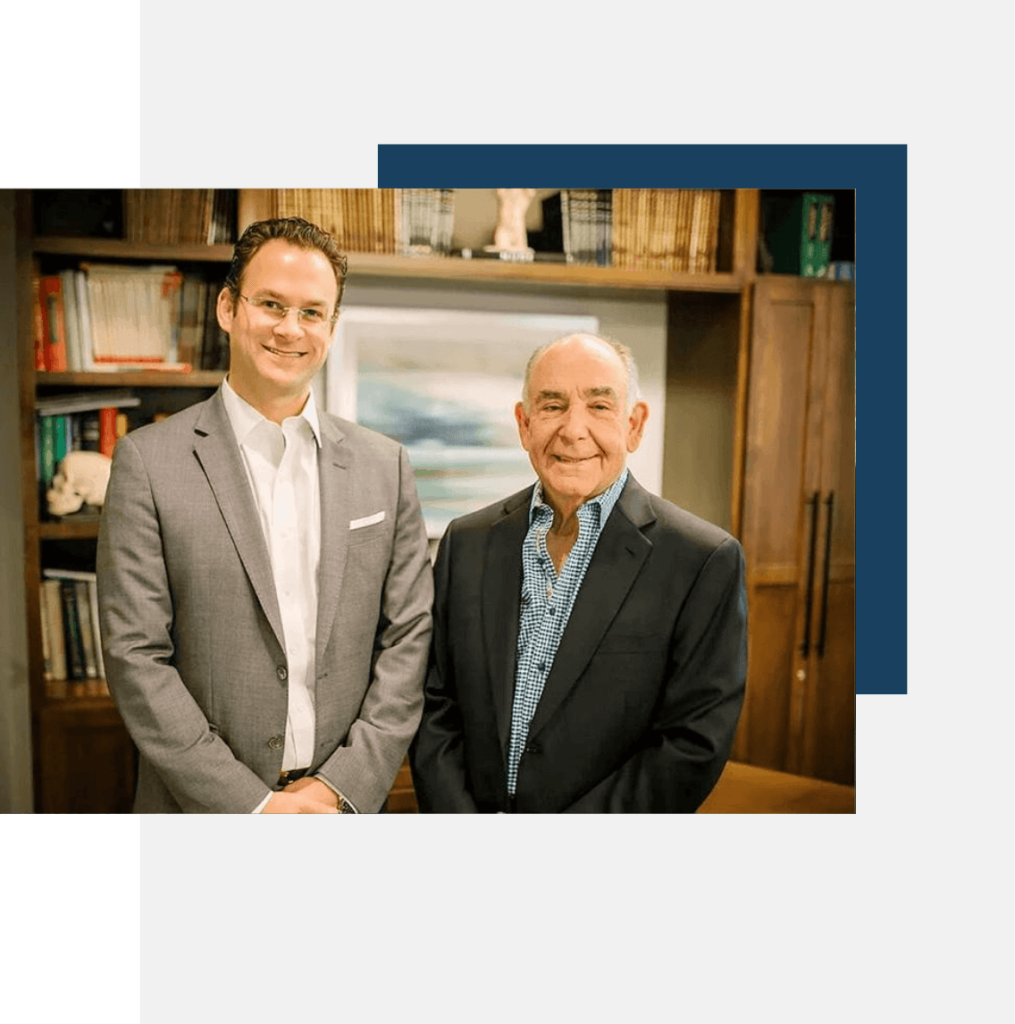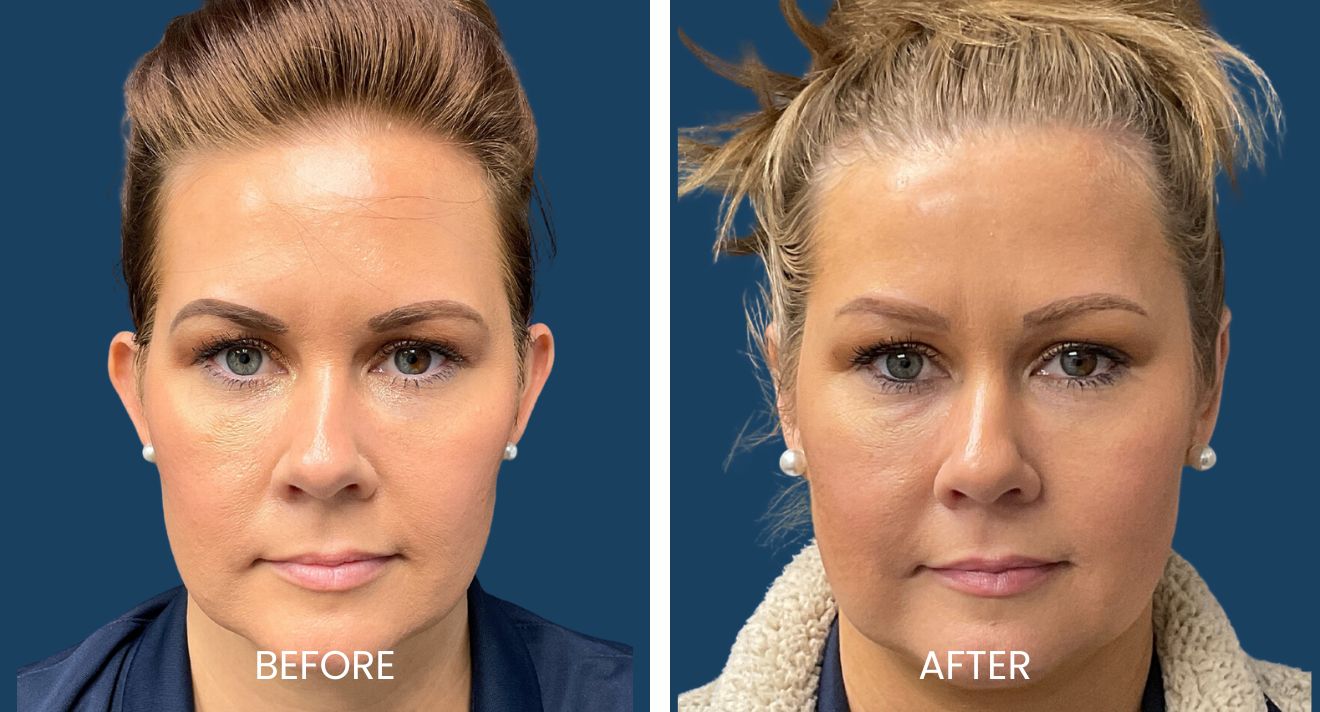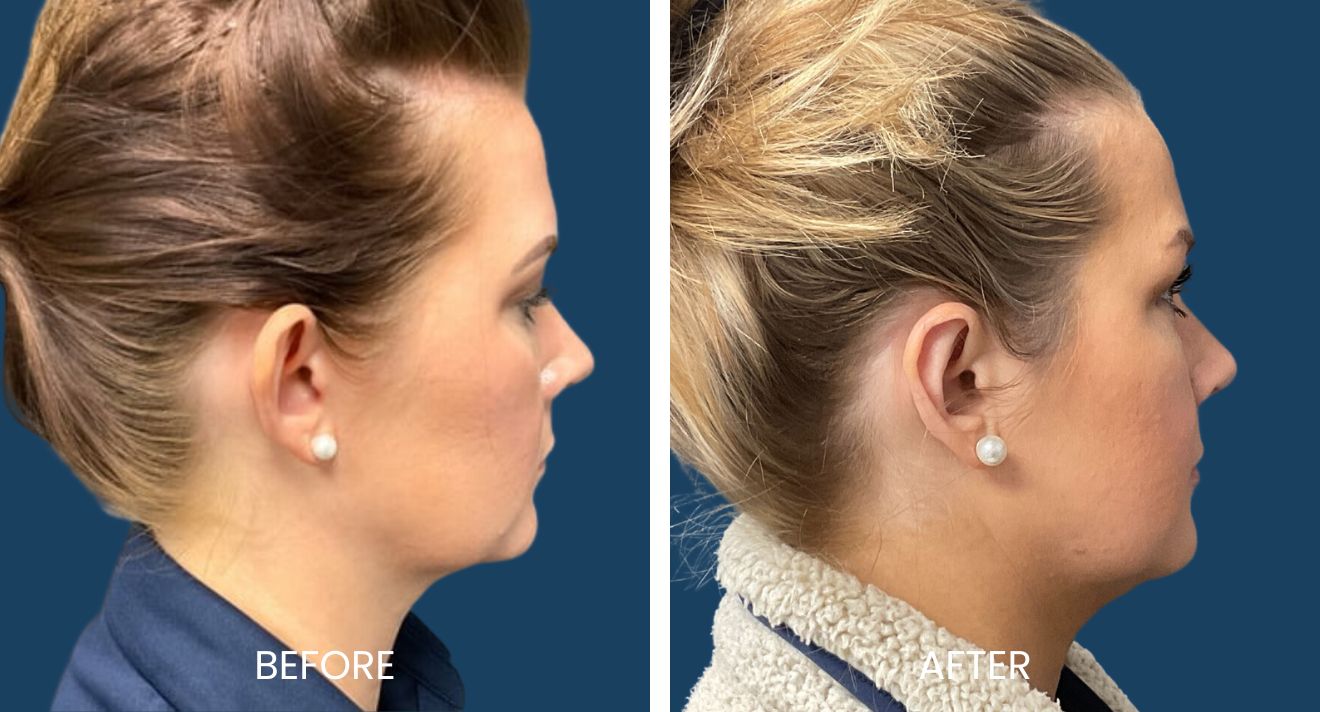Otoplasty

What is Otoplasty?
How It’s Done
Otoplasty is typically performed as an outpatient procedure, meaning there’s no need for an overnight stay in the hospital. The surgery generally takes a few hours, with the patient under either local anesthesia with sedation or general anesthesia, depending on the extent of correction needed and the patient’s preference.
The surgeon begins by making small incisions behind the ears, strategically placed to minimize visible scarring. These incisions provide access to the ear cartilage. Depending on the specific issues being addressed, the surgeon may either remove excess cartilage or reshape the existing cartilage.
Sutures are then used to secure the reshaped cartilage in its new position, which helps create the desired ear shape and size. The incisions are carefully closed, and a bandage or dressing is applied to protect the ears during the initial stages of healing.
In some cases, if only one ear requires correction, the surgeon will ensure symmetry by making adjustments to the opposite ear as well. This ensures that both ears appear balanced and harmonious after the procedure. The specifics of the surgery may vary depending on the patient’s unique needs and goals, but the overall goal is to achieve natural-looking, proportionate, and aesthetically pleasing results.
Why Plano Plastic Surgery?
At Plano Plastic Surgery, excellence is our standard. Both Dr. Haidenberg, with his 16 years of experience in cosmetic surgery, and Dr. Yaker, the celebrated force behind Plano Plastic Surgery, have dedicated years to perfecting aesthetic surgeries—from breast augmentations to rhinoplasties and liposuctions. With them, you’re not just opting for transformative results but also genuine care and understanding. Our approach is personal—tailored to every patient’s concerns and desires.


Who is a Good Candidate?
Ideal candidates for otoplasty include individuals who:
- Have prominent or misshapen ears
- Are dissatisfied with previous ear surgery outcomes, or those concerned about their ear size.
- Have realistic expectations and be of an age-appropriate range, whether children or adults.
- Are in good overall health and a non-smoker or willing to quit smoking.
Otoplasty Recovery and What to Expect
Immediate Post-Operative Phase (1-2 weeks):
Discomfort: Some discomfort or tightness around the ears may be experienced, but pain is typically minimal and can be managed with prescribed pain medication.
Dressing and Bandages: The ears will be wrapped in bandages or a dressing immediately after the surgery to provide support and protect the surgical area.
Mid Recovery Phase (2-4 weeks):
Stitches Removal: Any non-absorbable stitches will be removed, typically within the first week after the procedure.
Resuming Normal Activities: While strenuous physical activities should still be avoided, most normal daily activities can be resumed.
Long-Term Recovery (1-3 months):
Scarring: Incisions are typically well-concealed and heal nicely. Scarring is minimal and tends to fade over time.
Follow-Up Appointments: Patients will have several follow-up appointments with the surgeon to monitor the healing process and ensure optimal results.
Immediate Post-Operative Phase (1-2 weeks):
Discomfort: Some discomfort or tightness around the ears may be experienced, but pain is typically minimal and can be managed with prescribed pain medication.
Dressing and Bandages: The ears will be wrapped in bandages or a dressing immediately after the surgery to provide support and protect the surgical area.
Mid Recovery Phase (2-4 weeks):
Stitches Removal: Any non-absorbable stitches will be removed, typically within the first week after the procedure.
Resuming Normal Activities: While strenuous physical activities should still be avoided, most normal daily activities can be resumed.
Long-Term Recovery (1-3 months):
Scarring: Incisions are typically well-concealed and heal nicely. Scarring is minimal and tends to fade over time.
Follow-Up Appointments: Patients will have several follow-up appointments with the surgeon to monitor the healing process and ensure optimal results.
Mid Recovery Phase (2-4 weeks):
Stitches Removal: Any non-absorbable stitches will be removed, typically within the first week after the procedure.
Resuming Normal Activities: While strenuous physical activities should still be avoided, most normal daily activities can be resumed.
Mid Recovery Phase (2-4 weeks):
Stitches Removal: Any non-absorbable stitches will be removed, typically within the first week after the procedure.
Resuming Normal Activities: While strenuous physical activities should still be avoided, most normal daily activities can be resumed.










